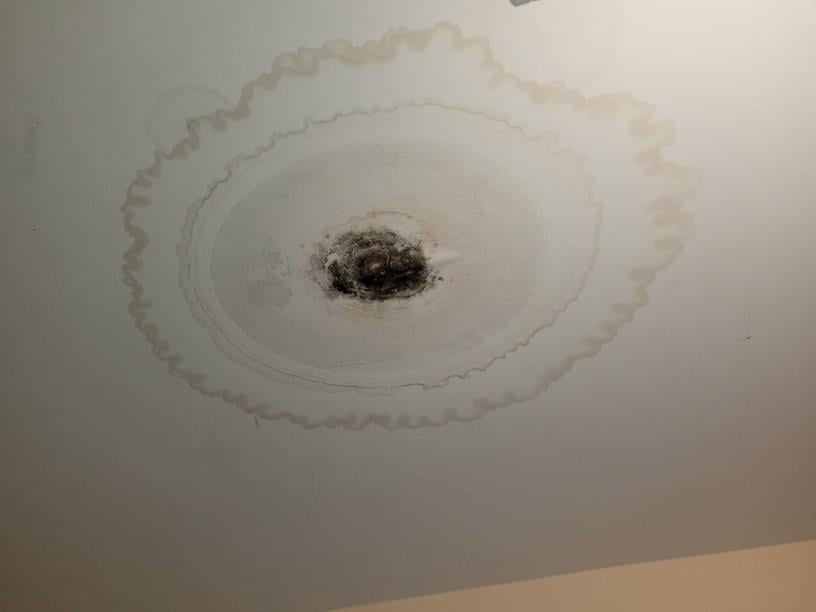How do you actually feel when it comes to Locating water leaks?

Early detection of leaking water lines can alleviate a prospective calamity. Some tiny water leaks may not be noticeable.
1. Analyze the Water Meter
Checking it is a proven method that helps you find leakages. If it moves, that indicates a fast-moving leakage. This suggests you might have a sluggish leak that might even be underground.
2. Inspect Water Consumption
Assess your water expenses and track your water intake. As the one paying it, you must observe if there are any kind of disparities. If you detect sudden changes, despite your intake coinciding, it suggests that you have leakages in your plumbing system. Remember, your water costs ought to fall under the same variety each month. A sudden spike in your bill indicates a fast-moving leak.
Meanwhile, a stable increase on a monthly basis, despite the very same routines, shows you have a slow-moving leakage that's additionally slowly rising. Call a plumber to thoroughly check your residential property, particularly if you really feel a warm location on your flooring with piping below.
3. Do a Food Coloring Test
30% comes from toilets when it comes to water consumption. Test to see if they are running effectively. Decrease specks of food shade in the storage tank and also wait 10 mins. There's a leak in between the tank as well as dish if the shade somehow infiltrates your bowl during that time without flushing.
4. Asses Exterior Lines
Do not forget to inspect your outdoor water lines as well. Test spigots by connecting a garden hose pipe. Should water seep out of the connection, you have a loose rubber gasket. Replace this as well as ensure all links are tight. If you've got a lawn sprinkler, it will certainly assist get it professionally took a look at as well as kept annually. One little leak can throw away lots of water and also spike your water bill.
5. Assess the circumstance as well as examine
Homeowners must make it a routine to inspect under the sink counters as well as also inside closets for any kind of bad odor or mold and mildew development. These two red flags indicate a leakage so timely interest is needed. Doing routine evaluations, even bi-annually, can conserve you from a major problem.
Check for stainings and also weakening as many home appliances as well as pipelines have a life expectancy. If you think dripping water lines in your plumbing system, don't wait for it to escalate.
Early detection of leaking water lines can alleviate a potential disaster. Some little water leakages may not be visible. Checking it is a guaranteed way that aids you discover leaks. One little leak can squander heaps of water and also surge your water expense.
If you presume leaking water lines in your plumbing system, do not wait for it to escalate.
The Dangers of Undetected Water Leaks
Mold
One of the most common results of undetected water leaks in your home is mold. Under the right conditions, mold can begin to grow and spread in just a day or two.
Moisture from water leaks combined with humidity and lack of ventilation allow mold spores to germinate and start spreading.
And while household mold doesn’t carry the same health risks as substances like asbestos, they can cause allergic reactions in people sensitive to them or with asthma.
Structural Damage
When water leaks occur in places we can’t see — above the ceiling, behind walls or beneath floors — they often have time to do some serious damage before making themselves known.
You might notice cracks or bubbles appear in your walls or a slow drip or water from the ceiling.
These are signs of water leaks and buildups in the structure of your home. If you don’t jump on these problems soon enough, the wood frame that supports your house could start rotting, leading to costly repairs and increasing the risk of disasters like ceiling or wall collapses.
Water Waste
According to the Alliance for Water Efficiency, the average home can lose anywhere from 2,000 to 20,000 gallons of water per year due to leaks.
High numbers like that might make you imagine a burst pipe spewing out water. But believe it or not, even a small, constant drip from a kitchen sink could add up to over a thousand gallons of wasted water in a single year.
And if you live in a place where you pay for every gallon of water you use, that adds up to a lot of dollars down the drain. So we understand leaks are bad. Let’s take a look at some of the common (and not-so- common) water leaks you might find around your home.
Flush Valve Flapper
The flush valve flapper is a rubber flap that sits above the flush valve at the bottom of the tank. It’s attached to the flusher with a chain. Over time, it can get worn out and lose its seal, causing an endless flow of water into the toilet bowl.
These leaks are hard to detect since they’re usually silent, but there’s a little insider trick you can use with just a little dye or food coloring:
Put a few drops in the toilet tank. Check the water in your toilet bowl 15 minutes later. If any of the color made it into the toilet bowl, you’ll know what the culprit is.
Fill Valve
The fill valve is what replenishes your toilet’s tank water after you flush. If you’ve ever looked inside your toilet tank and seen water gushing out of an upright plastic valve, that’s a faulty fill valve.
https://meetflo.com/blogs/flo/how-to-find-and-repair-water-leaks-a-comprehensive-guide

Do you enjoy more info about Locating water leaks? Make a review further down. We would be interested to listen to your thoughts about this article. We hope to see you back again before long. Sharing is caring. Helping others is fun. Thanks for your time. Kindly visit our blog back soon.